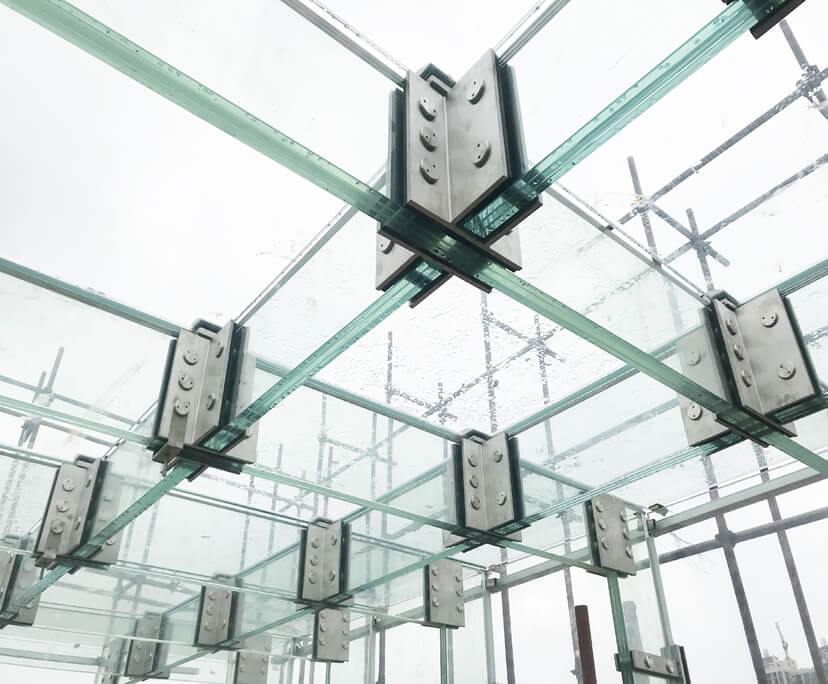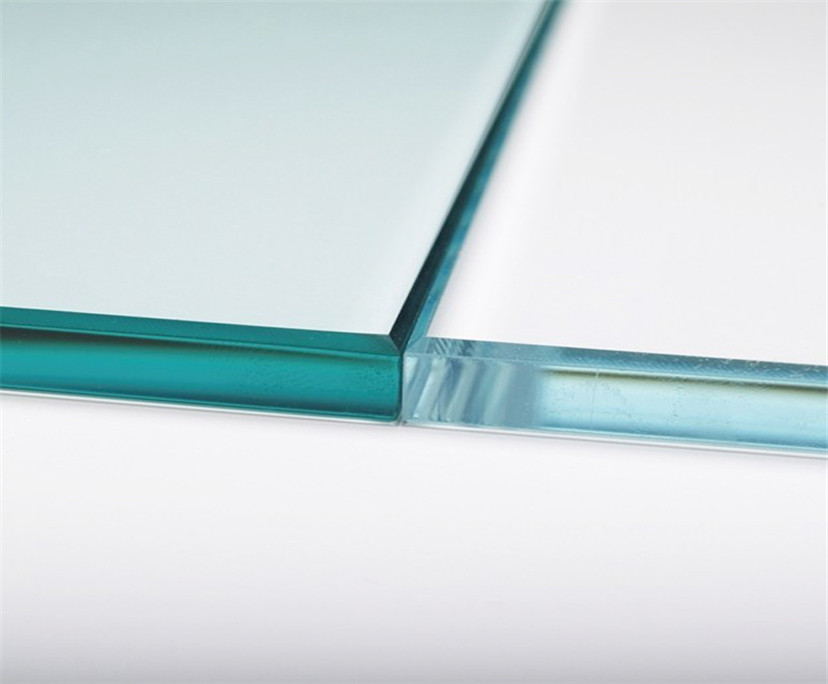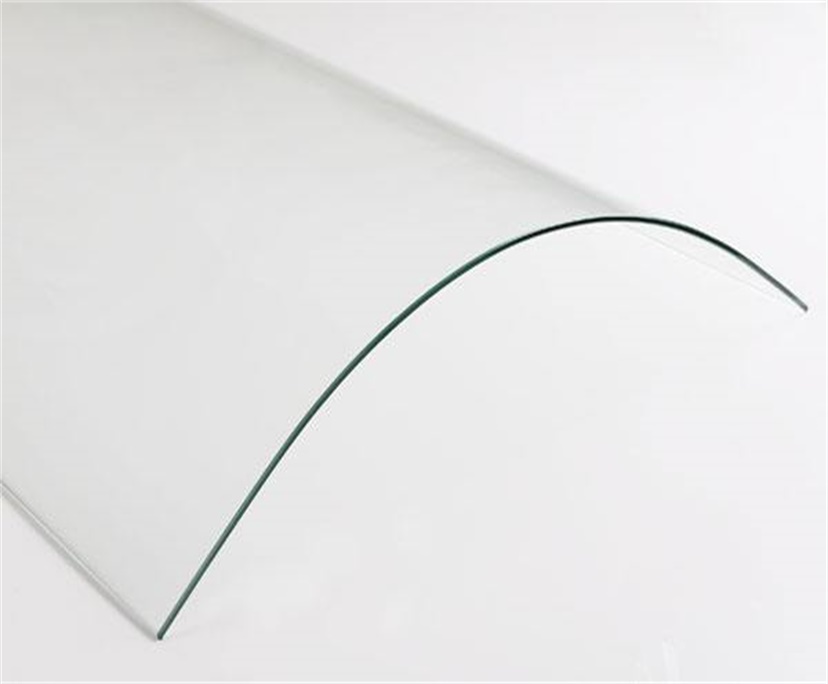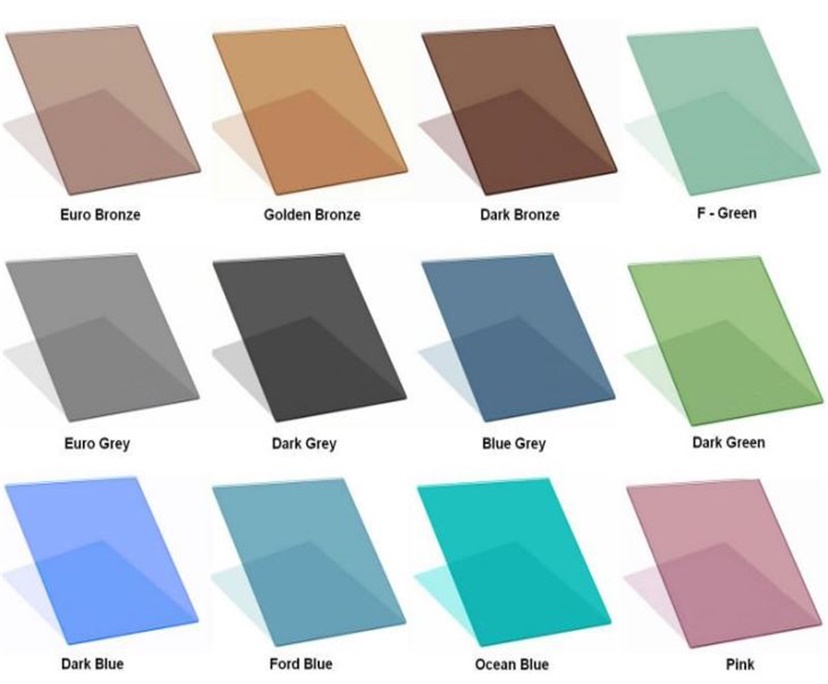Experience Energy Efficiency and Comfort with Laminated Glass Solutions
In today's world, where energy conservation and sustainability are of utmost importance, the use of innovative building materials plays a crucial role. One such material that has gained significant attention is laminated glass. With its unique properties and advanced technology, laminated glass offers a multitude of benefits, including enhanced energy efficiency, improved comfort, UV protection, and condensation prevention.
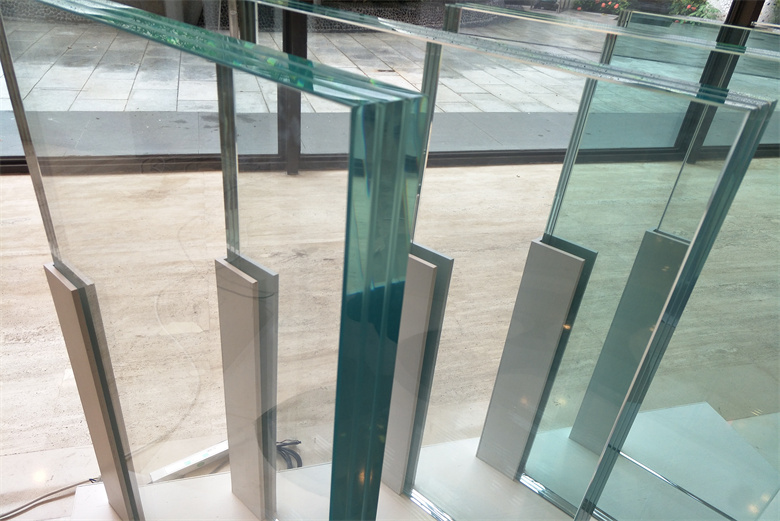
Energy efficiency is a key consideration for modern architecture and building design. Laminated glass, with its ability to reduce heat transfer, helps maintain stable indoor temperatures, reducing the reliance on heating and cooling systems. By minimizing thermal bridging and heat loss, laminated glass solutions contribute to lower energy consumption and reduced carbon emissions. This not only benefits the environment but also helps homeowners and businesses save on energy costs.
In addition to energy efficiency, laminated glass solutions provide improved comfort for occupants. The interlayer used in laminated glass acts as a sound barrier, reducing external noise transmission and creating a quieter indoor environment. This is particularly advantageous in urban areas or buildings located near busy streets or airports. By minimizing noise pollution, laminated glass promotes a more peaceful and comfortable living or working environment.
Another significant advantage of laminated glass is its ability to protect against harmful ultraviolet (UV) radiation. The interlayer in laminated glass is designed to block a significant portion of UV rays, which can cause fading and damage to furniture, flooring, and other interior elements. By filtering out harmful UV radiation, laminated glass helps preserve the aesthetics and longevity of interior spaces, ensuring that they remain vibrant and well-maintained for years to come.
Furthermore, laminated glass solutions help prevent condensation, a common issue in buildings with temperature variations. The interlayer in laminated glass acts as a thermal barrier, reducing the likelihood of condensation forming on the glass surface. This is especially beneficial in high-humidity environments or areas prone to extreme temperature changes. By minimizing condensation, laminated glass helps maintain clear visibility and prevents the growth of mold or mildew, promoting a healthier indoor environment.
In conclusion, laminated glass solutions offer a range of advantages that contribute to energy efficiency, comfort, UV protection, and condensation prevention. With its ability to reduce heat transfer, laminated glass helps maintain stable indoor temperatures, resulting in lower energy consumption and cost savings. Additionally, laminated glass acts as a sound barrier, reducing external noise transmission and creating a quieter indoor environment. Its UV-blocking properties help preserve the aesthetics and longevity of interior spaces, while its thermal barrier properties prevent condensation and promote a healthier indoor environment. By incorporating laminated glass into building designs, we can experience enhanced energy efficiency, improved comfort, and a more sustainable future.


